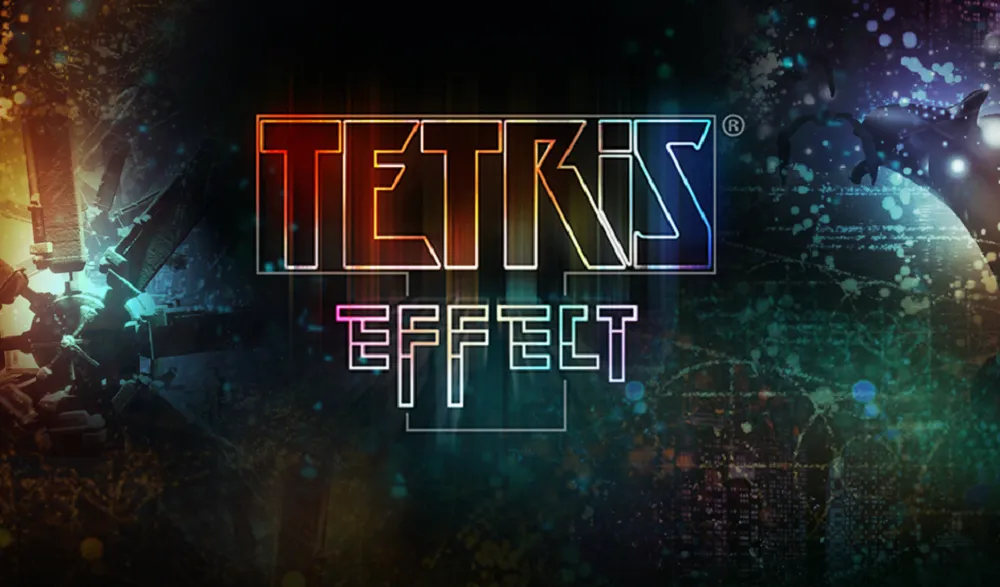“It’s the kind of game you want to play at the end of a long day to get out of your own head.” That’s how famed game designer Tetsuya Mizuguchi described Tetris Effect, the upcoming PSVR version of one of the most iconic games of all time. We had a chance to play Tetris Effect at this year’s E3, and it definitely lived up to Mizuguchi’s description.
Tetris Effect is, well, y’know, Tetris. Various shapes comprised of four blocks — also known as tetrominos — fall from the top of the screen into a well. You twist and turn the shapes to fit into a tight jigsaw, with the ultimate goal of forming horizontal lines that stretch the entire width of the well. The name Tetris Effect comes from the phenomenon of seeing or dreaming about tetrominos after playing Tetris for an extended period of time as the brain continues to focus on basic geometric patterns and how they fit together.
While the gameplay in Tetris Effect doesn’t stray far from classic Tetris, a new aspect is the Zone. As you form more lines, your Zone meter will fill. Once full, you can activate Zone mode, which will stop falling blocks and give you more time to make strategic choices for how everything fits together. You can use it to either give yourself a break from the action or to maximize your score by forming as many lines as possible. Unlike traditional Tetris, every line you complete in Zone mode appears at the bottom of your well, pushing non-complete lines further to the top. While a four-line Tetris was a coveted goal in the original, in Zone mode you can keep building up, up, up as you go for that 12-line dodecatris!
Tetris has always been a game that requires intense focus on the screen and not on what’s going on around you. When I play I get tunnel vision, blurring out distractions in my periphery as I concentrate on patterns and shapes. It’s this aspect of Tetris that makes Tetris Effect that much more fitting to virtual reality. With an HMD and headphones on, I quickly melted away from my own body, going into a tranquil, almost meditative state as I floated in space above the Tetris well sat against an ethereal, trippy background — no surprise given the developers’ Rez and Luminaires lineage.
As you manage to create more lines, the experience gets more intense. Blocks fall faster, music tempo increases, colors become more intense, more animations are added to the on-screen elements, and graphical elements surrounding the well become more animated and saturated. It’s a simple yet beautiful, serene experience that left me invigorated and clear-headed after I played.
If you’re looking to try out Tetris Effect for yourself, you won’t have to wait that long as it will be available on PS4 and PSVR later this year.


























